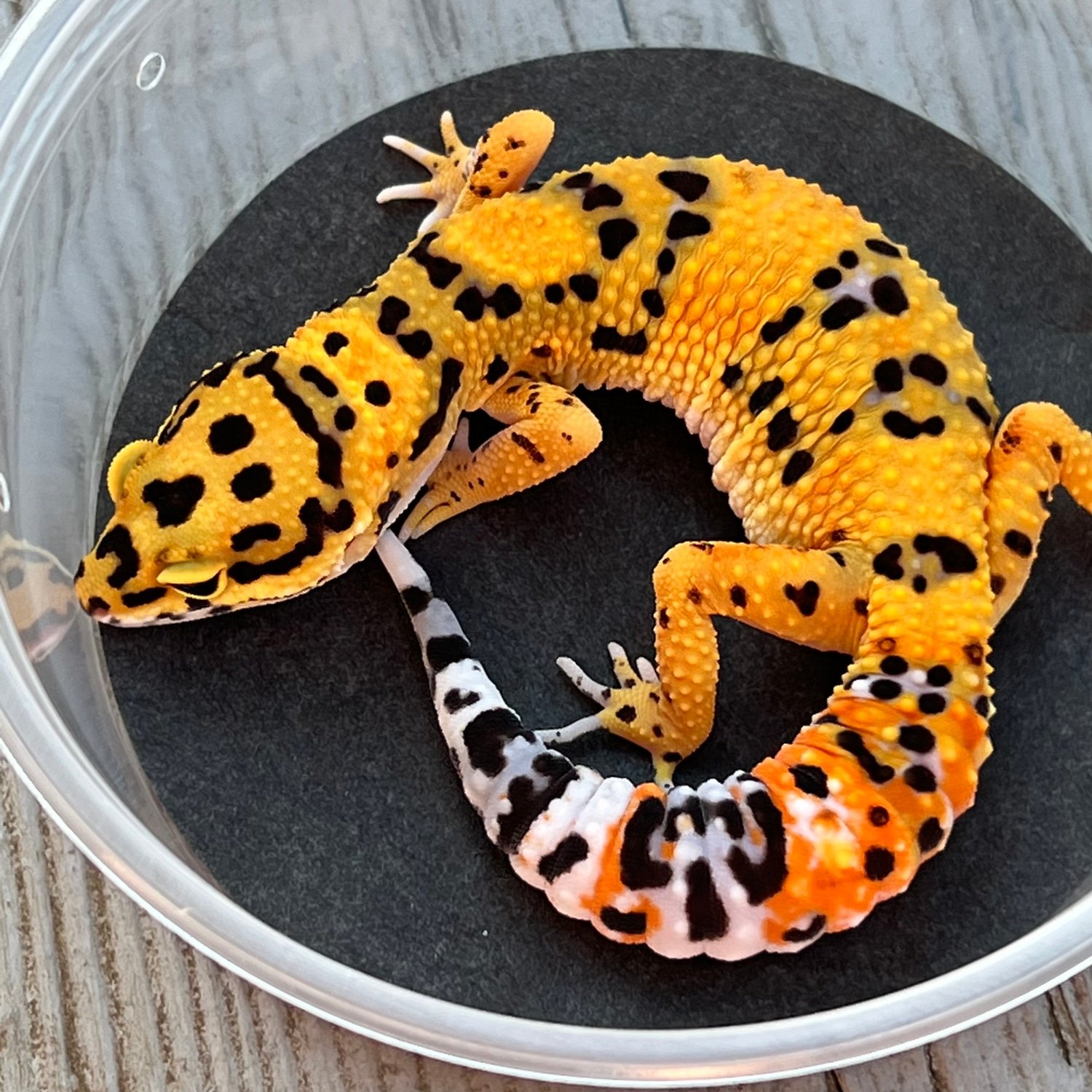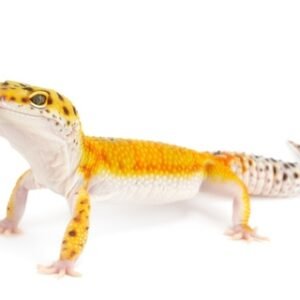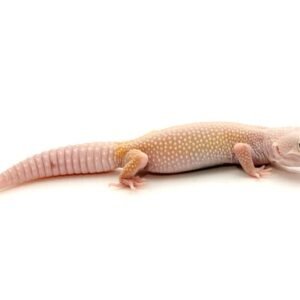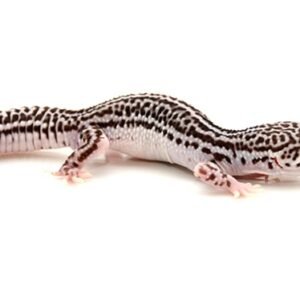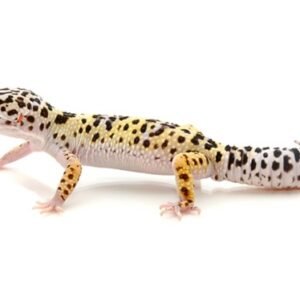Understanding the Afghan Leopard Gecko
The Afghan leopard gecko (Eublepharis macularius) is a species native to the arid regions of Afghanistan and parts of surrounding countries, thriving in environments characterized by dry, rocky terrains. In their natural habitat, these geckos can be found in grasslands and scrublands, where temperatures can vary significantly between day and night. The climate is typically arid, with seasonal fluctuations in temperature and limited rainfall, conditions that have shaped the Afghan leopard gecko’s behaviors and physiological adaptations.
Physically, Afghan leopard geckos are striking reptiles, renowned for their vibrant yellow and orange hues adorned with dark spots. These distinctive patterns not only contribute to their aesthetic appeal but also provide effective camouflage against predators in their natural surroundings. Adult geckos typically grow to be between 7 to 10 inches (18 to 25 cm) long, and they possess a robust body and a distinctive, stocky tail that serves as a fat reserve, enabling them to survive in harsh climates where food availability may vary.
The behavior of the Afghan leopard gecko is equally fascinating. As primarily nocturnal creatures, they are most active during the night when they emerge to bask in the warm conditions and hunt for insects, which constitute the majority of their diet in the wild. Their unique basking habits involve utilizing warm surfaces during cooler nighttime periods, helping to regulate their body temperature effectively. Furthermore, they are known for their relatively docile temperament, making them an excellent choice for pet enthusiasts seeking a manageable companion. Understanding these behaviors and habitat preferences is crucial for potential owners, as it lays the groundwork for creating a suitable environment that meets the gecko’s needs while ensuring its health and well-being.
Setting Up the Perfect Habitat for Your Afghan Leopard Gecko
Creating an appropriate habitat for Afghan leopard geckos is paramount for their health and well-being. To begin with, a suitable tank size is essential; a minimum of a 20-gallon aquarium is recommended for a single adult gecko. This size allows ample space for the gecko to explore and establish different territories within the enclosure. Furthermore, it is vital to use an appropriate substrate. Options such as reptile carpet, paper towels, or coconut fiber are advisable to ensure cleanliness and prevent impaction, which can occur with loose substrates like sand.
Heating is another critical consideration, as Afghan leopard geckos require a temperature gradient to thrive. A basking spot should reach temperatures of 88°F to 92°F, while the cooler side of the habitat should maintain around 75°F to 80°F. Utilize heat mats or ceramic heat emitters to achieve these gradients, but be cautious not to place any heat sources directly on the substrate to avoid burns. Alongside heating, appropriate lighting is necessary; while these geckos are mainly nocturnal, a low-level UVB light can promote overall health without causing stress.
Humidity levels within the habitat must also be monitored; ideally, they should remain between 30% to 40%. To maintain proper humidity, consider providing a moisture hide, which is a small container filled with damp moss where the gecko can retreat and hydrate. Including hiding spots throughout the environment using rocks, logs, or commercially available hides is crucial, as these geckos appreciate their security. Finally, an effective feeding routine is essential; Afghan leopard geckos thrive on a varied diet of insects such as crickets, mealworms, and roaches, which should be dusted with calcium and vitamin supplements to promote their health.

